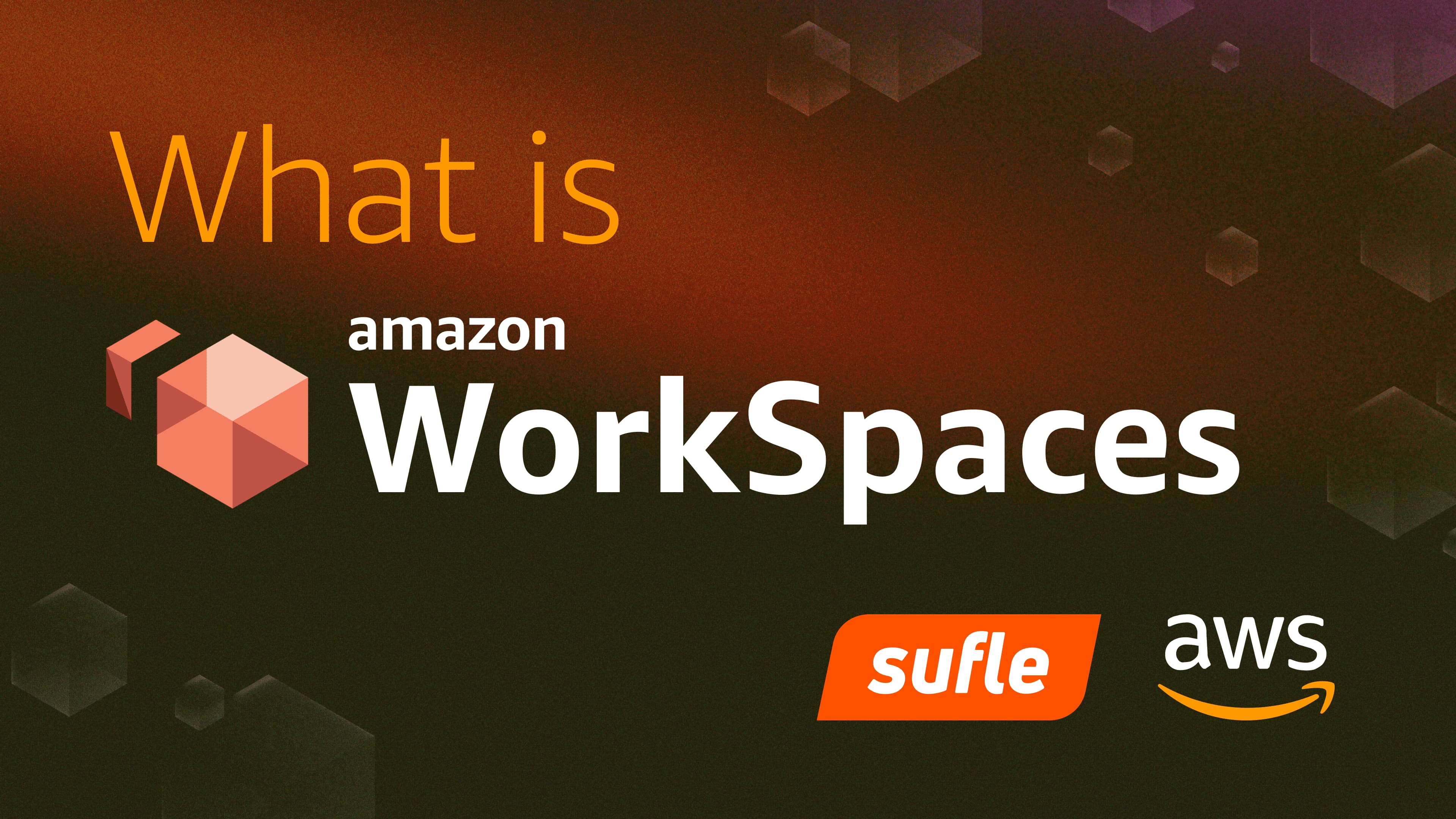AWS Graviton processors, custom-designed by Amazon Web Services (AWS) on ARM architecture, have marked a major shift in cloud computing, offering high-performance processing that’s also cost-effective and energy-efficient. AWS launched its first Graviton processor in 2018, which was followed by the improved version Graviton2 in 2020, the powerful Graviton3 in 2021, and the latest Graviton4 launched in 2023, which has further enhanced capabilities to handle demanding workloads. In this blog, I’ll share my thoughts and experiences about each Graviton generation, their technical capabilities, and try to show the evolution of the performance and efficiency achievements so far.
AWS Graviton processors are custom-built to deliver specific optimizations for cloud-native workloads. Each new generation has introduced major improvements in terms of core architecture, process technology, power efficiency, and performance. Let’s dive into each of these generations to understand their technical specs and capabilities.
The first Graviton processor, released in 2018, was AWS’s entry into ARM-based cloud computing. It primarily targeted general-purpose, low-power workloads and demonstrated AWS’s commitment to designing custom hardware solutions.
Core Architecture | ARM Cortex-A72 (64-bit) |
|---|---|
Process Node | 16nm |
Core Count | Up to 16 cores |
Memory Bandwidth | Moderate (DDR4 support) |
Primary Use Cases | Lightweight web servers, simple microservices, dev/test environments |
Thoughts | Not ideal for heavy compute or data-intensive applications; limited floating-point and cryptographic performance |
Launched in 2020, Graviton2 brought a major improvement in performance, efficiency, and workload versatility. Built on the ARM Neoverse N1 architecture, it expanded Graviton’s reach to handle more demanding applications.
Core Architecture | ARM Neoverse N1 (64-bit) |
|---|---|
Process Node | 7nm (smaller, more efficient than 16nm in Graviton1) |
Core Count | Up to 64 cores with simultaneous multithreading (SMT) |
Memory Bandwidth | High (DDR4-3200 support, ~205 GB/s) |
Primary Use Cases | Web and application servers, in-memory caches, containerized workloads, batch processing |
Thoughts | 7x performance over first generation Graviton, 2x floating-point performance, optimized for cloud-native workloads |
AWS introduced Graviton3 in 2021, optimized further to handle even more compute-intensive applications, including AI and ML tasks. Graviton3 built on the ARM Neoverse V1 architecture, adding specialized capabilities and greater energy efficiency.
Core Architecture | ARM Neoverse V1 (64-bit) |
|---|---|
Process Node | 7nm (enhanced process compared to Graviton2) |
Core Count | Up to 64 cores, with 25% faster core performance than Graviton2 |
Memory Bandwidth | Very high (DDR5-4800 support, ~300 GB/s) |
Primary Use Cases | Machine learning inference, scientific simulations, high-performance computing (HPC), financial modeling |
Thoughts | Hardware-accelerated cryptographic and floating-point operations, support for bfloat16 for ML workloads, 2x performance for ML inference over Graviton2, Up to 60% lower power consumption compared to similar x86-based instances |
Graviton4 represents the latest iteration which was announced in late 2023, building on Graviton3’s strengths and adding enhancements aimed at maximizing efficiency in large-scale, demanding workloads while further reducing power usage.
Core Architecture | ARM Neoverse V2 (64-bit) |
|---|---|
Process Node | Advanced 5nm (more energy-efficient than Graviton3’s 7nm) |
Core Count | Up to 80 cores (increased to support parallel processing for data-intensive tasks) |
Memory Bandwidth | Very high (DDR5-5200 support, up to 350 GB/s) |
Primary Use Cases | Real-time data analytics, multi-model AI, high-performance cloud computing, big data processing |
Thoughts | Enhanced ML support (3x improvement over Graviton3), accelerated network performance, and encryption/decryption capabilities, achieves up to 30% reduction in power per workload over Graviton3 |
Each generation of Graviton processors has introduced technical enhancements to meet the evolving needs of cloud-native workloads. Some areas where each generation has improved include core architecture, memory bandwidth, process technology, and workload optimization. Starting from ARM Cortex in Graviton to ARM Neoverse V2 in Graviton4, each generation introduced more efficient and powerful cores. Progressing from 16nm in Graviton to 5nm in Graviton4, allowing for higher transistor density and reduced power consumption. Enhanced DDR memory bandwidth from DDR4 in Graviton and Graviton2 to DDR5 in Graviton3 and Graviton4, enabling faster data access and greater concurrency. Graviton3 and Graviton4 introduced hardware acceleration for cryptographic operations and ML tasks, helping to reduce latency and power usage for such workloads.
Each Graviton processor generation has been optimized for specific workloads, offering improved performance and cost-efficiency.
Graviton (1st gen): Ideal for low-power, lightweight applications such as basic web servers and simple backend services. (t type instances)
Graviton2 (2nd gen): Expanded usage to include data processing, containerized applications, and scalable web applications due to higher core count and memory bandwidth.
Graviton3 (3rd gen): Designed for compute-heavy workloads, such as machine learning inference, scientific simulations, and real-time processing. It provides hardware-accelerated cryptographic operations and floating-point calculations, making it ideal for AI/ML workloads.
Graviton4 (4th gen): The latest in the series, Graviton4 is tailored for large-scale, high-performance computing needs, including multi-model AI, big data processing, and complex analytics.
The following table provides a side-by-side comparison of the Graviton processor generations, showing improvements in key areas:
Gravilton | Gravilton2 | Gravilton3 | Gravilton4 | |
|---|---|---|---|---|
Core Architecture | ARM Cortex-A72 | ARM Neoverse N1 | ARM Neoverse V1 | ARM Neoverse V2 |
Process Node | 16nm | 7nm | 7nm | 5nm |
Max Core Count | 16 | 64 | 64 | 80 |
Clock Speed | Up to 2.3 GHz | Up to 2.5 GHz | Up to 3.1 GHz | Up to 3.3 GHz |
Memory Type | DDR4 | DDR4-3200 | DDR5-4800 | DDR5-5200 |
Memory Bandwidth | ~80 GB/s | ~205 GB/s | ~300 GB/s | ~350 GB/s |
Floating Point Performance | Moderate | 2x Graviton | 2x Graviton2 | 1.5x Graviton3 |
Cryptographic Acceleration | Basic | Improved | Hardware Accelerated | Enhanced Hardware Acceleration |
Machine Learning Support | Limited | Basic | Bfloat16, 2x ML Inference | 3x ML Inference over Graviton3 |
Energy Efficiency | Basic | 2x Graviton | 60% better than x86 | 30% lower power per workload |
Primary Use Cases | Lightweight web apps | General-purpose compute, HPC | Machine learning, HPC, AI | Big data, real-time analytics, AI |
Graviton processors offer a competitive alternative to traditional x86 processors, especially for businesses looking for an optimized cost and performance for their cloud-native applications. Graviton processors provide major price/performance benefits, energy efficiency, and are continuously optimized to meet evolving cloud requirements. Whether you are running basic web applications, data analytics, machine learning, or real-time processing, the Graviton family offers a suitable solution with a better price/performance ratio compared to typical x86 instances.
Graviton4's improvements in core count, memory bandwidth, and power efficiency demonstrate AWS’s commitment to pushing the boundaries of ARM architecture, making it a future-proof choice for the teams targeting to scale their cloud environments efficiently. As cloud computing evolves, AWS Graviton continues to set the standard for cost-effective, high-performance computing.
If you are looking for a new generation, high performance and low-cost computing solution; then compute solutions based on graviton CPUs are the right choice for your workload.
An AWS Certified Solutions Architect Professional, Barış has 10+ years of experience in cloud services and cloud operations in various business verticals. His enthusiasm for learning and sharing more about technology involves mentoring businesses and creating technical content for tech-savvy professionals and communities.
We use cookies to offer you a better experience.
We use cookies to offer you a better experience with personalized content.
Cookies are small files that are sent to and stored in your computer by the websites you visit. Next time you visit the site, your browser will read the cookie and relay the information back to the website or element that originally set the cookie.
Cookies allow us to recognize you automatically whenever you visit our site so that we can personalize your experience and provide you with better service.


